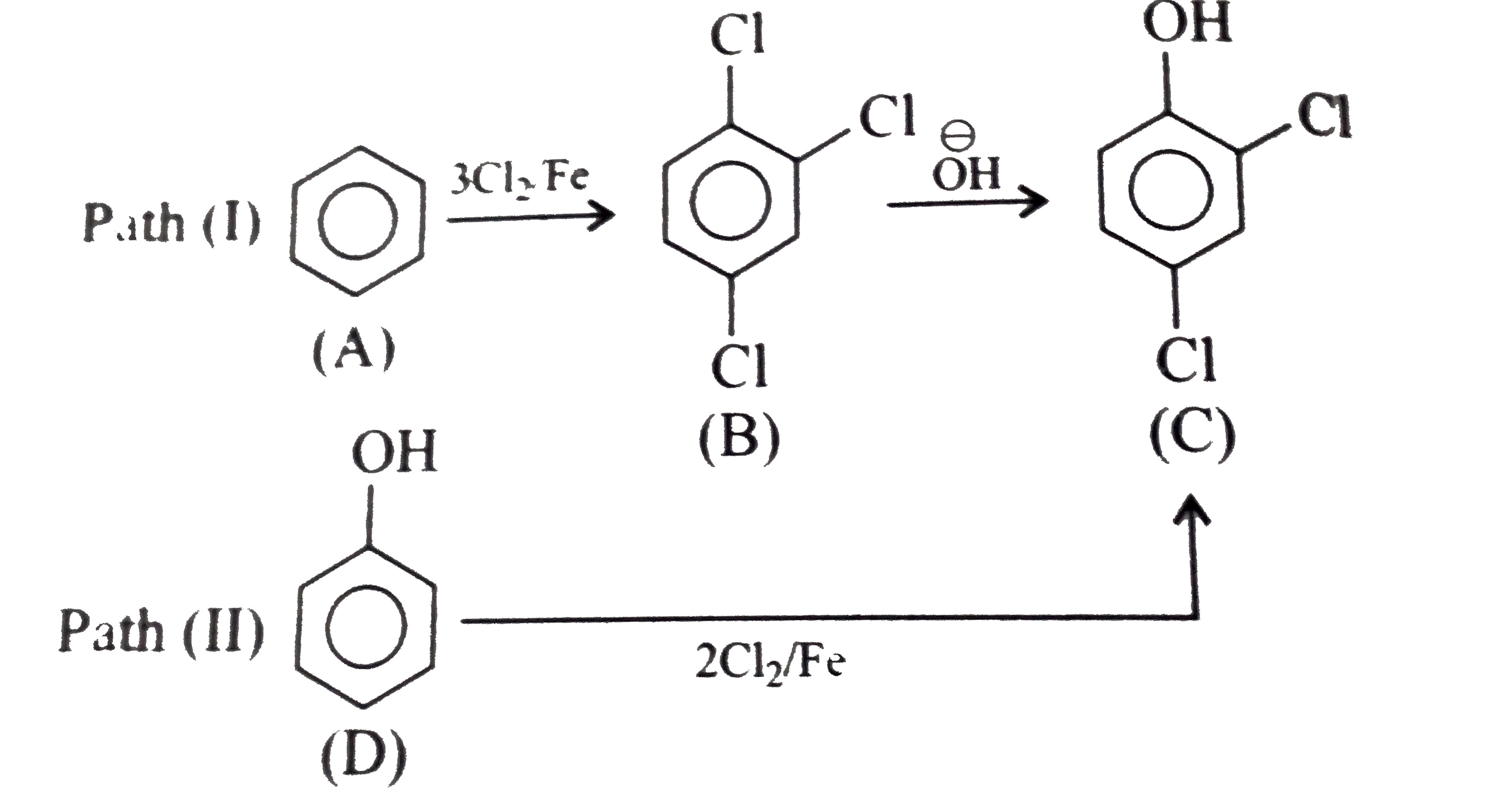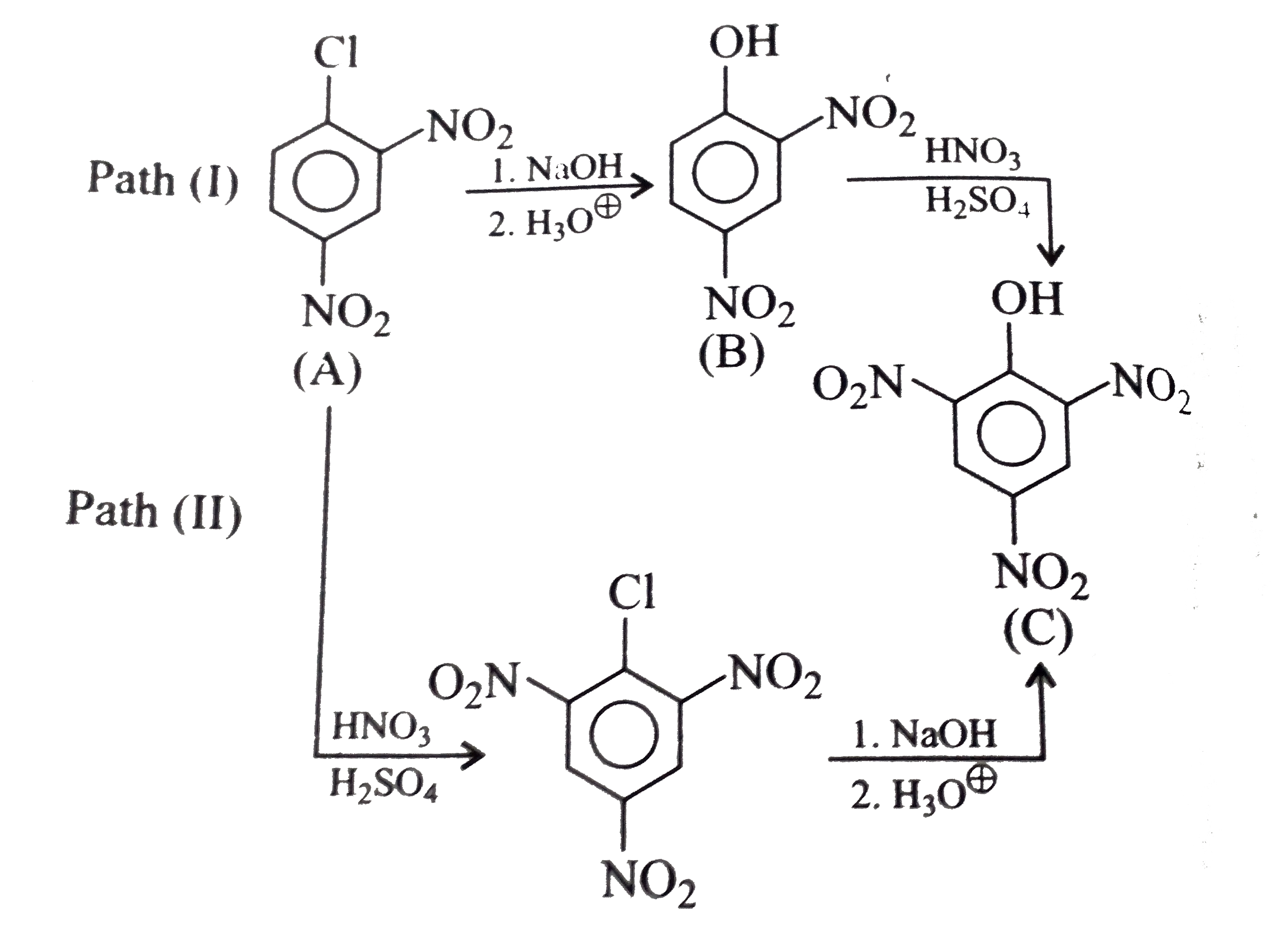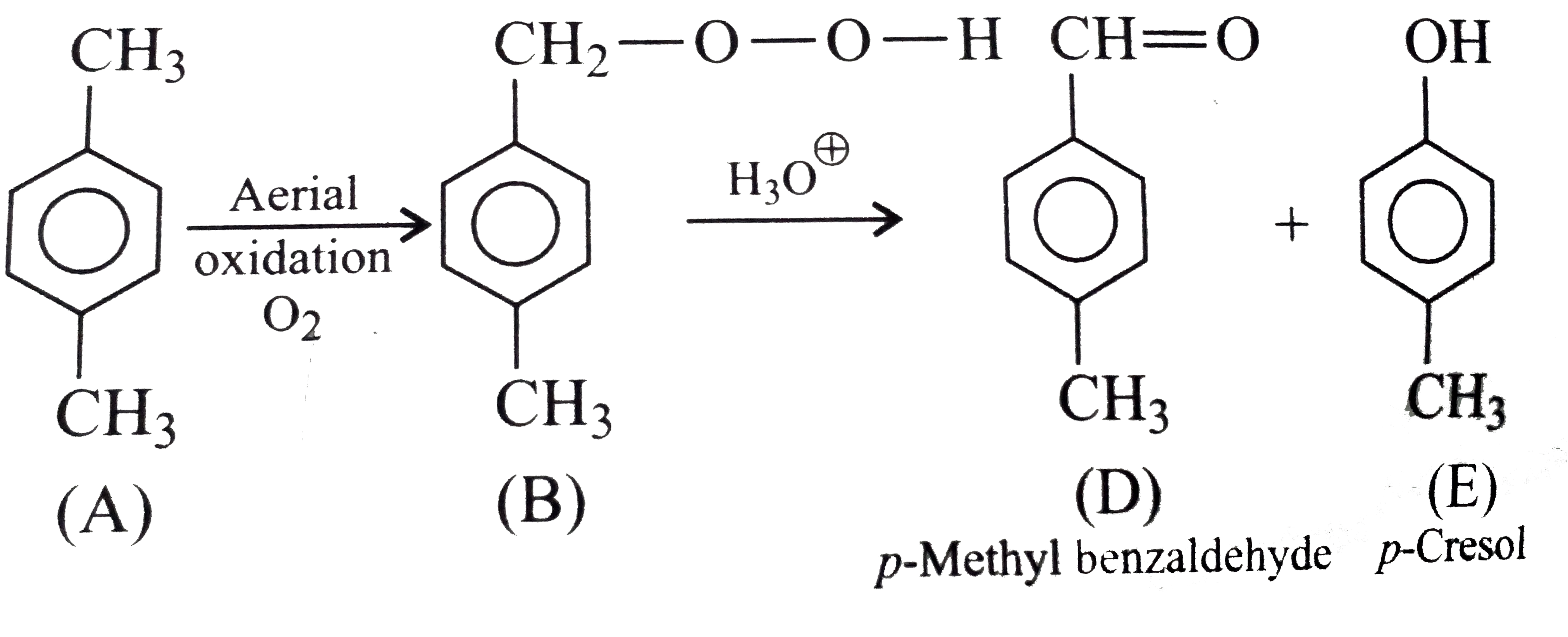Which of the following statements is/are correct about formic acid?
A
a.It reduces Tollens reagent.
B
b.It gives CO and H2O on heating with conc. H2SO4.
C
c.It is a stronger acid than benzoic acid
D
d.It forms formyl chloride with PCl5.
Video Solution
Text Solution
The correct Answer is:A, B, C
Statement (a),(b), and (c) are correct, but statement (d) is incorrect, although HCOOH+PCl5 gives H−O∣∣C−Cl (Formyl chloride) but it is unstable and does not exist.
|
Topper's Solved these Questions
- REDUCTION AND OXIDATION REACTION OF ORGANIC COMPOUNDSBOOK - CENGAGE CHEMISTRYCHAPTER - REDUCTION AND OXIDATION REACTION OF ORGANIC COMPOUNDSEXERCISE - Exercise (Single Correct)
90 Videos
- REDUCTION AND OXIDATION REACTION OF ORGANIC COMPOUNDSBOOK - CENGAGE CHEMISTRYCHAPTER - REDUCTION AND OXIDATION REACTION OF ORGANIC COMPOUNDSEXERCISE - Exercise (Assertion And Reasoning)
10 Videos
- REDUCTION AND OXIDATION REACTION OF ORGANIC COMPOUNDSBOOK - CENGAGE CHEMISTRYCHAPTER - REDUCTION AND OXIDATION REACTION OF ORGANIC COMPOUNDSEXERCISE - Exercise (Linked Comprehension)
52 Videos
- QUALITATIVE INORGANIC SALT ANALYSISBOOK - CENGAGE CHEMISTRYCHAPTER - QUALITATIVE INORGANIC SALT ANALYSISEXERCISE - Viva Voce Questions And Part-C (Analysis Of Cations)
42 Videos
- SOLID STATEBOOK - CENGAGE CHEMISTRYCHAPTER - SOLID STATEEXERCISE - Ex 1.2 (Objective)
9 Videos
Similar Questions
Knowledge Check
Which of the following statements are correct about HCOOH
AIt is a stronger acid than CH3COOHBIt forms formyl chloride with PCl5CIt gives CO and H2O on heating with conc. H2SO4DIt reduces Tollens' reagent.Which of the following statement is correct about metaboric acid?
AIt has one hydrogen which is attached with boron atom.BBoron has covalency '5'.COrthoboric acid is produced on addition of one mole H2O to one mole metaboric acid.DMetaboric acid is not an oxy-acid.Which of the following statement is correct about sulphur
AAt 160∘C, the yellow liquid of sulphur becomes dark brownBIt melts at 115∘C and forms pale yellow liquidCIt boils at 444∘C giving away yellow brown vapoursDAll of these
Which of the following statements is/are correct about the following is/are correct about the following reactions ?

View SolutionWhich of the following statements is/are correct about the following reactions ?

View SolutionWhich of the following statements is/are correct about the following reaction ?

View SolutionWhich of the following statements is/are correct about the following reaction ?

View SolutionWhich of the following statement is/are correct about Troposphere
View Solution
